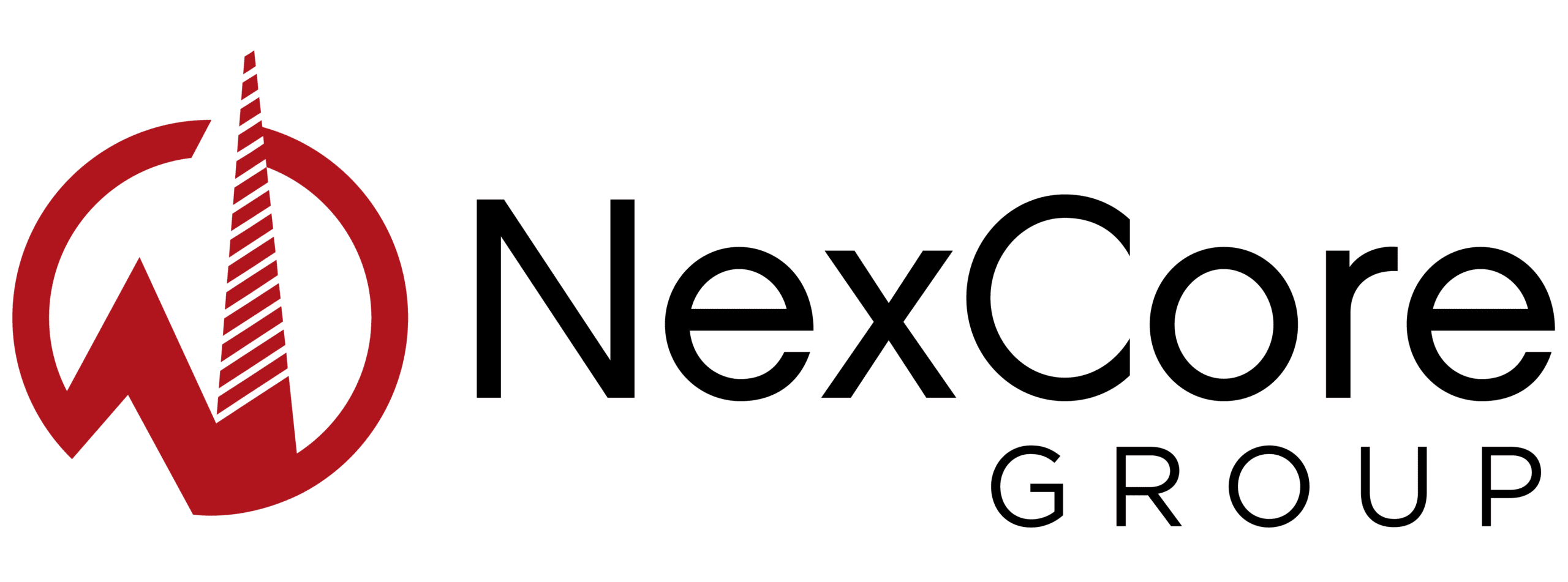Two healthcare facilities developed by NexCore Group have been honored as Finalists in Healthcare Real Estate Insights™ magazine’s annual, national awards program. NexCore, which is headquartered in Denver, developed the facilities in Germantown, Md. and Minot, N.D.
The HREI Insights Awards™ are the only national awards dedicated to recognizing excellence in the areas of healthcare real estate (HRE) development and executive leadership. The awards are presented by Healthcare Real Estate Insights™ magazine, the first and only national magazine entirely devoted to covering HRE development, financing and investment.
Todd Varney, NexCore Managing Director Development and Acquisitions, noted, “We are very pleased that HREI magazine has honored two of NexCore’s projects – the Medical Office Building at the Holy Cross Germantown Hospital and St. Alexius Minot Medical Plaza – as Finalists in their prestigious annual awards program. We are proud that we helped our clients develop high quality, cost-effective and efficient facilities that are providing much-needed healthcare services in these growing communities.”
NexCore projects were named Finalists five times and a Winner one time in the two previous years of the highly competitive HREI Insights Awards™ program.
The NexCore-developed projects that were named 2015 Finalists are:
Medical Office Building at the Holy Cross Germantown Hospital, Germantown, Md.
The four-story, 80,000-square-foot Holy Cross Germantown Hospital is the first new hospital to be developed in Montgomery County, Md., in 35 years. The hospital, which opened in October 2014, is responding to the need for health services in the fastest-growing and aging region of the county. During the next 20 years, the county is projected to add as many seniors as it has added in its entire history. Hospital executives wanted a medical office building (MOB) connected directly to the hospital that would offer a full complement of outpatient services on the campus.
Holy Cross needed a developer who understood the complexity of ground leases and ground sublease financing and was comfortable owning an asset with these complexities. When NexCore was selected as the developer, Holy Cross had previously entered into a ground lease with Montgomery College, the landowner of the project site. NexCore engineered a creative financeable ground lease arrangement and also assisted in financing important infrastructure located on the hospital campus, including site development, an enclosed connector and a parking structure. In addition, at Holy Cross’ request, NexCore recruited three specialist practices, which were instrumental in determining the final size of the MOB.
The MOB was developed to Leadership in Energy and Environmental Design® (LEED) Silver standards and is now the first LEED-certified outpatient center in the city. Holy Cross Germantown Hospital is the first LEED Gold-certified hospital in Germantown and the second in the county. The MOB features high-efficiency air handling units, a lighting control system, and a green roof which provides benefits such as filtering pollutants from air and rainwater, insulating the building from outside noise and creating natural habitats.
St. Alexius Minot Medical Plaza, Minot, N.D.
Headquartered in Bismarck, N.D., St. Alexius Medical Center has a strong reputation in Minot, a North Dakota hub city experiencing extraordinary population growth. For six years, SAMC provided the Minot market with outpatient services in a converted one-story office building. During that time, SAMC experienced consistent growth in patient visits. Objectives for the new facility included increasing market share, enhancing the recruitment of physicians and reducing the hospital’s capital outlay.
Executives at SAMC had planned to develop a 205,000-square-foot facility, which was far too large and costly to be profitable. NexCore helped SAMC move from a surgical-focused facility to an efficient ambulatory care model and by using lean process planning, reduced the building size to 67,575 square feet (one-third the size of the original). Innovative, lean design solutions included centralizing registration, self-rooming, aggregating the physician mix into a universal platform, and developing clinical pods with shared work areas. In addition, SAMC had planned to build 70 exam rooms but NexCore was able to decrease the number to 48. All of these design innovations increased the use of space by 75 percent.
After construction had begun, a change in hospital ownership drove significant design changes to the facility. NexCore was able to make all changes, meet the original schedule, and keep the original tenant lease rates. Staying on schedule was extremely important because the system needed to establish an enhanced presence in the market before a competitor developed a new hospital. NexCore also was able to decrease the cost of the originally planned facility by more than 50 percent, which translated into significant savings for the hospital and more attractive lease rates for recruiting independent providers. The new high-quality facility also helped the system recruit four additional independent practices to expand its service offerings. By using a lean planning process, SAMC now has a facility that can expedite the delivery of coordinated, integrated care for improved patient experiences.
